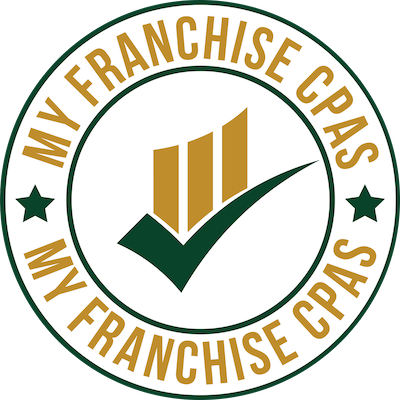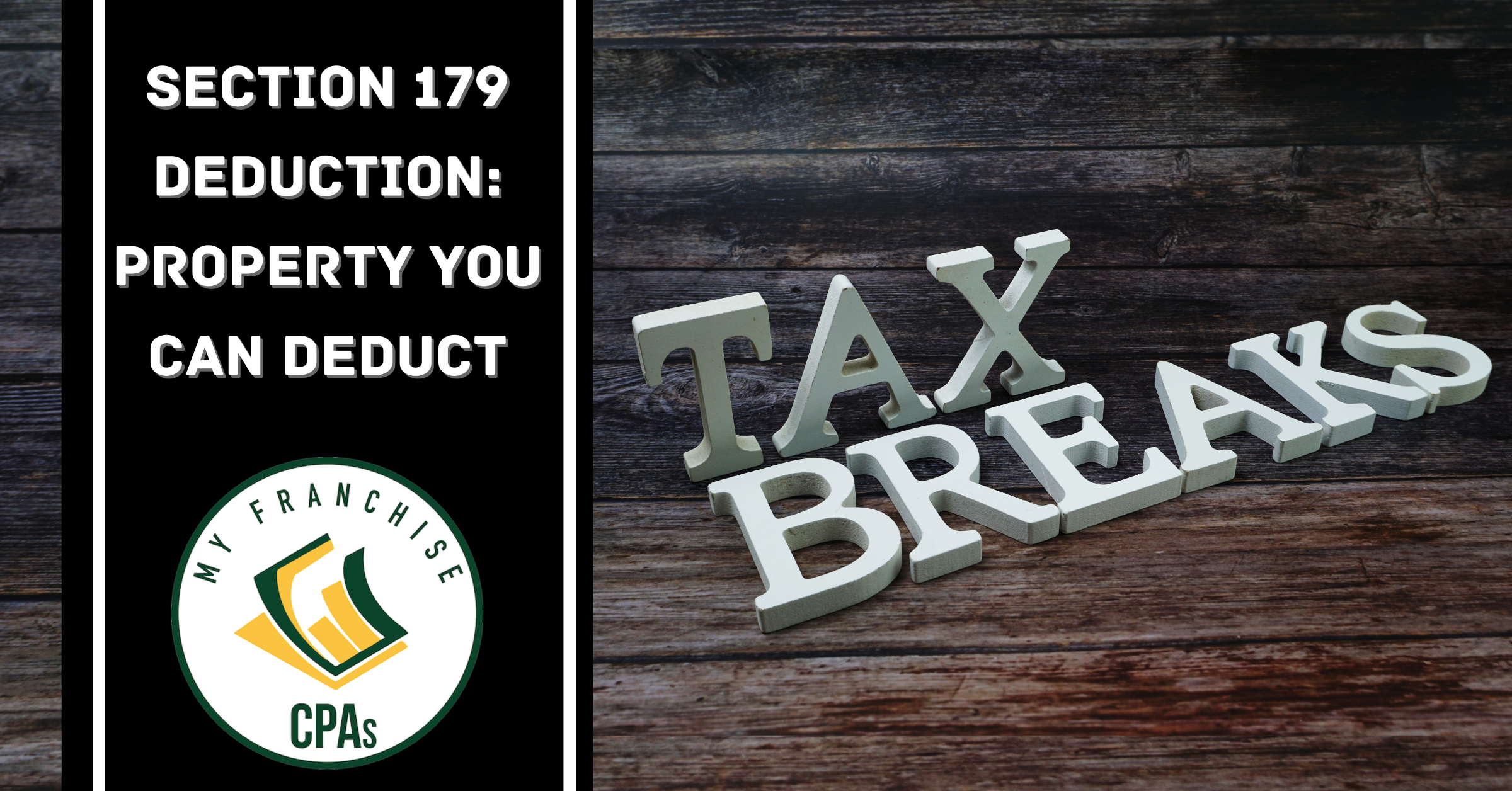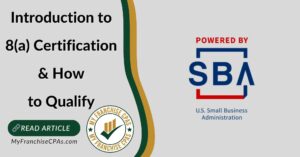Section 179 Deduction: Property you can deduct!
As a business owner, you want to maximize your earnings by claiming all possible tax deductions. Taxes are complicated, and they’re considerably more complicated for small-business owners, freelancers, and people with side hustles — especially now, as filers consider the tax implications of small-business assistance programs and rule changes. However, those additional twists and turns may present opportunities for tax savings.
One of the most beneficial tax incentives accessible to small and medium-sized enterprises is Section 179. With Section 179, you can deduct the whole cost of big business costs such as equipment, furnishings, and machinery in a single tax year, saving you money on required purchases.
In this article you’ll learn how the Section 179 works and how you can greatly benefit from it as a business owner. Let’s get to it.
What is a Section 179 Deduction?
Section 179 allows business owners to obtain an immediate expenditure deduction for the acquisition of depreciable business equipment rather than capitalizing and depreciating the asset over time. If the piece of equipment is acquired or financed, and the entire purchase price is eligible for the deduction, the Section 179 deduction can be taken. Section 179 was introduced as part of a government stimulus bill to encourage small businesses to invest in their growth by allowing them to take advantage of accelerated depreciation and tax deductions on qualifying business expenditures.
Consider this Section 179 deduction example: tractors are classified as three-year property by the IRS, so if you paid $60,000 for one, you could only deduct $20,000 per year for three years.
You can, however, deduct the whole purchase price of that Section 179 deduction vehicle from your taxes using the Section 179 equipment deduction within one tax year.
Section 179 Rules & Regulations: How to Become Eligible for a Section 179 Deduction
The following are some of the rules that apply to the Section 179 deduction:
- After spending $2,500,000, the deduction begins to erode.
You can expense up to $1,050,000 in eligible property for the Section 179 deduction 2021 (raised to $1,080,000 for the 2022 tax year). Your deduction will be decreased on a dollar-for-dollar basis if you spend more than $2,620,000 on qualified property.
For example, if your company spends $2,720,000 on real estate, it will have exceeded the quota by $100,000. As a result, your total Section 179 expense will be $950,000 ($1,050,000 minus $100,000).
- Your net income is your limit
Your Section 179 deduction is also restricted to the net profits of your firm for the year—you can’t deduct more than you earned. If you have $50,000 in net income before taking the Section 179 deduction and $60,000 in qualified property, your deduction is limited to $50,000. You can then choose to depreciate the remaining assets on a regular basis.
What makes your property eligible for a Section 179 deduction?
The following are some of the major factors that guarantee your property’s eligibility.
- You Property must be Tangible
- It must be purchased from someone
- It must have been used more than 50% in your business.
- It must not have been acquired from a related party
What makes your property ineligible?
Intangible properties or property received as a gift or inheritance, as well as property purchased from related parties, make your property or assets eligible for the Section 179 Deduction (in other words, you can’t sell equipment to yourself and get a Section 179 deduction).The properties can be in form of vehicles and the Section 179 deduction vehicles list include: Heavy SUVs, Pickups, and Vans that are more than 50% business-use and exceed 6000 lbs.
Recent changes
A taxpayer may opt to expense and deduct the cost of any section 179 property in the year it is placed in service. The maximum deduction has been increased from $500,000 to $1 million under the new law. The phase-out barrier was also raised from $2 million to $2.5 million. These levels of $1 million and $2.5 million will be adjusted for inflation for taxable years commencing after 2018.
The new law further broadens the definition of section 179 property, allowing taxpayers to decide to include non-residential real estate modifications completed after the property was originally placed in operation.
These adjustments apply to property placed in service after December 31, 2017, for taxable years commencing after that date.
How to calculate a Section 179 Deduction
The Section 179 deduction is calculated by using all of the following parameters:
- Cost of Equipment
- Section 179 Deduction
- Bonus Depreciation
- Normal 1st Year Depreciation
- Total First Year Deduction
- Cash Savings on Your Purchase(assuming a 21 % tax bracket)
Result of the calculation should be the Total Lowered Cost of Equipment $000,000.00(after Tax Savings)
Tip: Call us, or talk to your CPA before making purchases you plan on deducting.
Section 179 Deductions have never been higher than in 2022. The deduction under Section 179 2022 is $1,080,000 (one million, eighty thousand dollars). This is a 30k increase over last year. This means your business can buy, lease, or finance new or old equipment and deduct the entire purchase amount from your taxes in 2022. This can save you a lot of money in taxes and assist your bottom line.
To take advantage of Section 179 in 2022, the equipment must be purchased and put into service by midnight on December 31, 2022. Simply fill out Form 4562 to claim the deduction.
If we’ve already helped you we would love a Google review!







